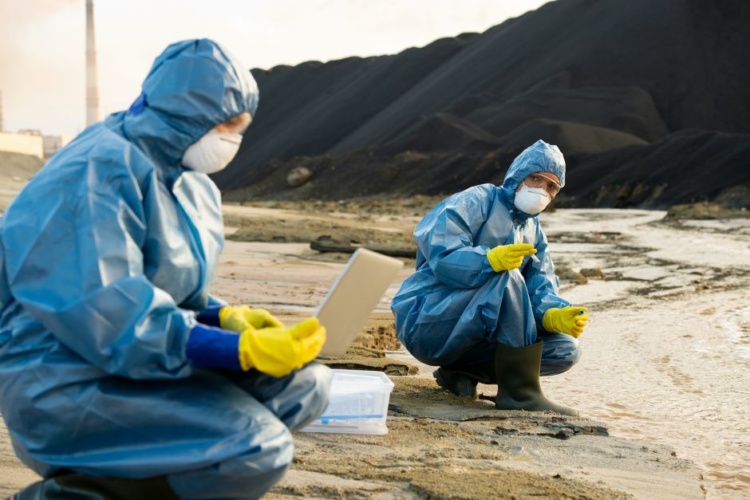
The technology, now in its next phase of development via university spin-out Nanolyse Technologies, could transform the protection of human health and the environment against chemical pollution caused by toxic, heavy metals dissolved in water.
Portable device rapidly detects drinking water pollution
Dr Imad Ahmed, founder and CEO of Nanolyse told The Engineer that Nanolyse’s technology uses a combination of nano-porous membranes and custom magnetic nanocarriers to separate and concentrate ions from water.
“A water sample is injected into the system and selective, magnetic nanocarriers scavenge positively or negatively-charged ions from the solution in minutes,” he said. “Macro molecules – such as proteins and lipids – do not pass through nano-porous membranes. The nanocarriers are then isolated with a permanent magnet, plus a small volume of acid, allowing analysis of the element’s chemical speciation.”
Dr Ahmed added that current technology and processes for measuring water toxicity levels means transporting samples to a laboratory for analysis. Separating and analysing different ‘species’ of toxic chemicals then relies on costly, complex chromatography and mass spectrometry equipment.
“This hampers effective and streamlined pollution control when what we need are bioavailability-based environmental regulations which restrict the types of toxic metal pollution most likely to be absorbed in the body,” he said. “Therefore, Nanolyse has now developed and patented a bioavailability-based testing technology for monitoring heavy metals, which takes us a step closer to enabling on-the-spot, field testing for water toxicity in real time on-site.”
New funding from the Science and Technology Facilities Council will help the company to develop miniaturised sensor devices from its current benchtop system.
“The next phase of the technology is combining it with a palm-sized, portable microfluidic detector which will separate ions from a few millilitres of liquid,” said Dr Ahmed.
According to the Environment Agency, only 14 per cent of English rivers have a “good ecological standard. Nickel, zinc, cadmium, lead, nitrate, phosphates, organo-metal tributyl tin and polyaromatic hydrocarbons are among the commonly found chemicals in UK rivers at levels exceeding environmental guidelines and harmful to health.
Prof Peter Dobson, senior consultant and advisor at Nanolyse said: “I believe the analytical methods Nanolyse has developed to select and capture the different ‘species’ in chemicals and compounds present in water – combined with compact, sensor devices – will be a game-changer in terms of cost, use and portability in water analysis.”




April 1886: the Brunkebergs tunnel
First ever example of a ground source heat pump?